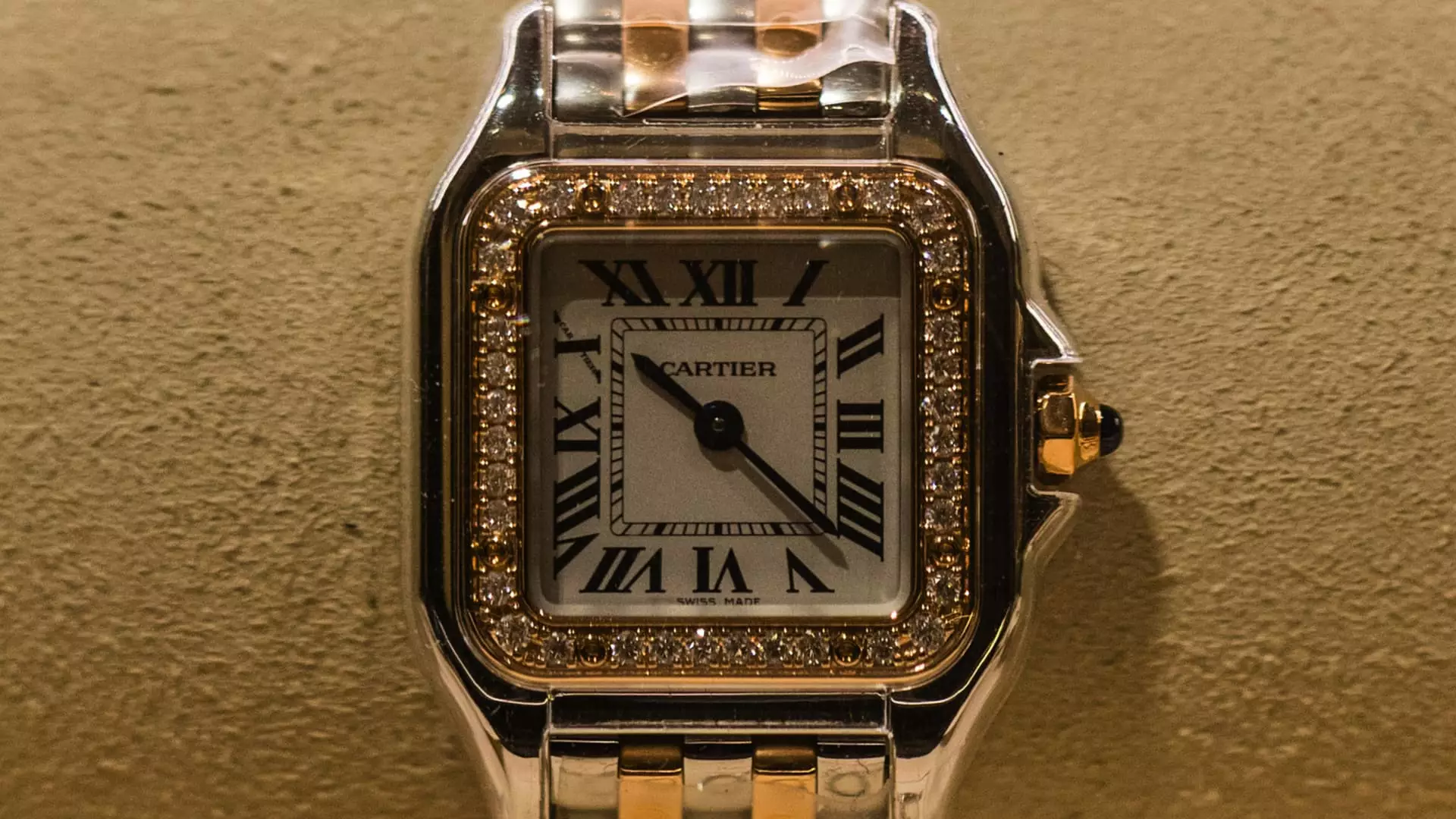Richemont, the powerhouse behind illustrious brands like Cartier and Van Cleef & Arpels, recently reported an unexpected surge in sales for the fiscal fourth quarter, a development that raises questions about consumer behavior in unpredictable economic times. With revenues climbing 7% year-on-year to €5.17 billion ($5.79 billion), far surpassing analysts’ projections, it feels almost like a modern-day luxury miracle. Yet beneath this shiny veneer lies a mixed reality of market dynamics that warrants a deeper, critical examination.
The Duality of Growth: Jewellery vs. Watches
While a staggering growth trajectory from Richemont’s Jewellery Maisons division champions the luxury narrative, the stark contrast within the specialist watchmakers segment reminds us that all that glitters isn’t gold. Sales have faltered in this particular area, with notable declines driven by less-than-rosy performance in the Asia-Pacific region. It’s troubling to think that even among the ultra-wealthy, certain luxury items can falter under the weight of economic unpredictability. The sharp 23% drop in sales within China cannot be ignored—this is a large market and its waning demand indicates deeper shifts in luxury consumption patterns that could unsettle the entire sector.
Hope and Hurdles: A Balancing Act
Japan’s remarkable 25% growth in sales presents a tantalizing paradox to Richemont’s narrative, fueled by both domestic buyers and tourists capitalizing on the weak Yen. This raises a critical question: Are we witnessing a market that thrives on localized dynamics, not universal appeal? While Richemont’s chairman, Johann Rupert, speaks cautiously about maintaining agility amid ongoing global uncertainties, it’s hard to shake the feeling that we are walking a tightrope. With the threats of rising gold prices, U.S. tariffs, and shifting foreign exchange conditions looming, one has to wonder just how long this momentum can last.
The Pricing Power Paradox
Yes, Richemont’s pricing power may serve as a cushion against these tumultuous winds, but let’s not be naive. Relying on pricing strategies to offset all challenges speaks to a broader issue—substantive growth cannot solely hinge on what wealthy consumers are willing to pay. Will this pricing flexibility ultimately alienate a critical segment of the market that has traditionally relied on the luxury brand’s stability? As BofA Global Research recently noted, pricing and product mix can only take the brand so far, and consumer sentiment remains a fickle friend.
The Illusion of Unshakeability
For all of Richemont’s impressive figures, there lingers a disquieting undercurrent suggesting that it is premature to celebrate the luxury sector’s recovery. The luxury realm is, by nature, profoundly affected by external factors, significantly impacting consumer confidence and spending. As we stand at a crossroads defined by global economic uncertainties, Richemont’s current success story could prove to be a double-edged sword. It shines a light on the potential for growth but also beckons a reminder that resilience may be just an illusion in the face of deeper, systemic issues. Thus, while we observe burgeoning numbers, we must remain vigilant and critically aware of the unseen economic tides that threaten to alter this splendid trajectory.

